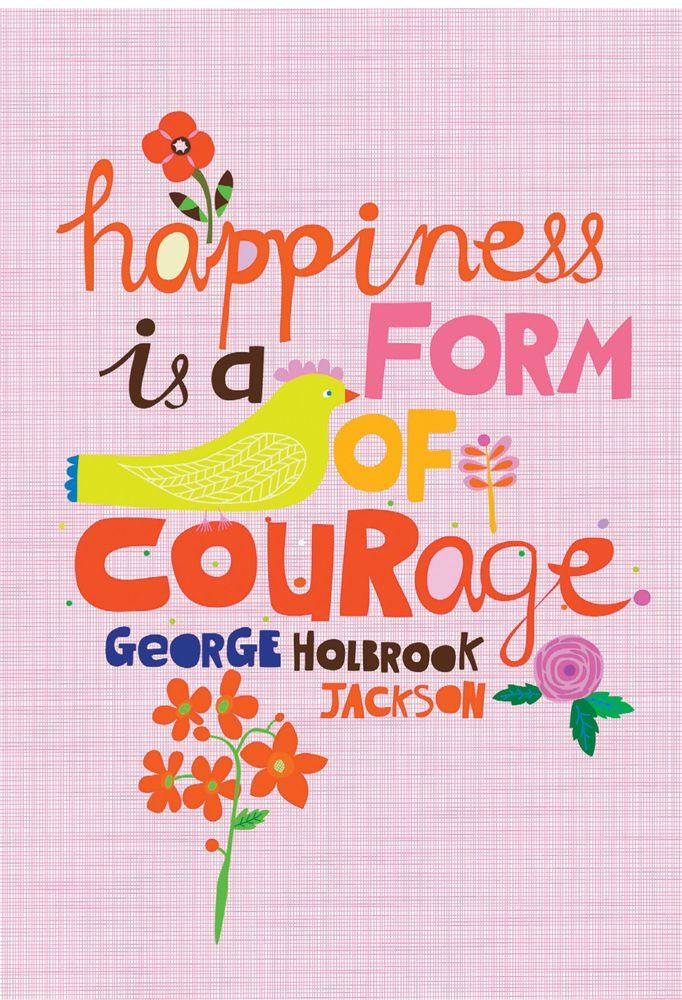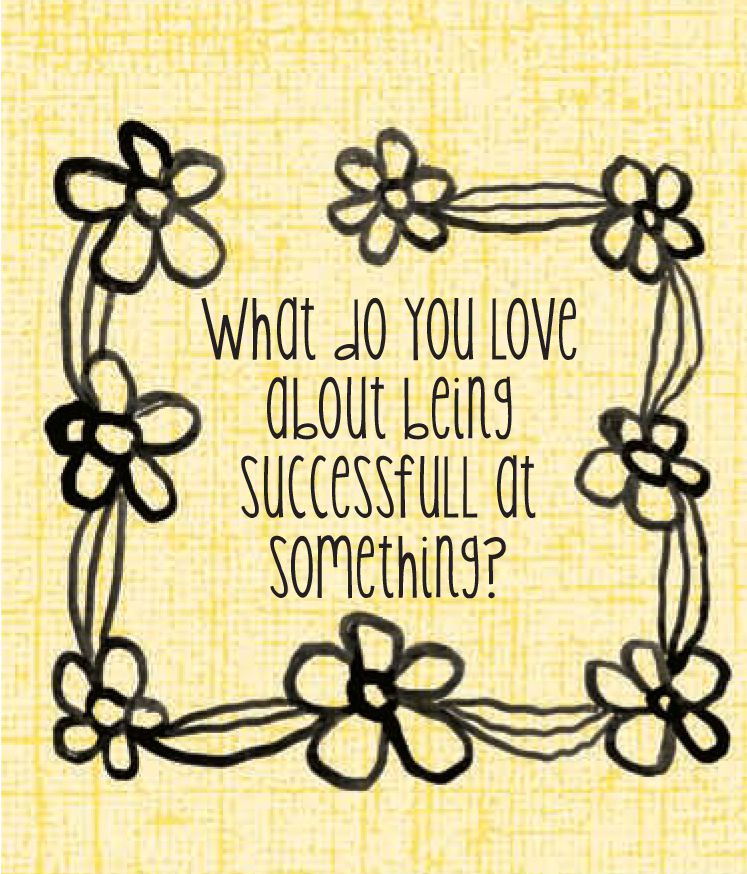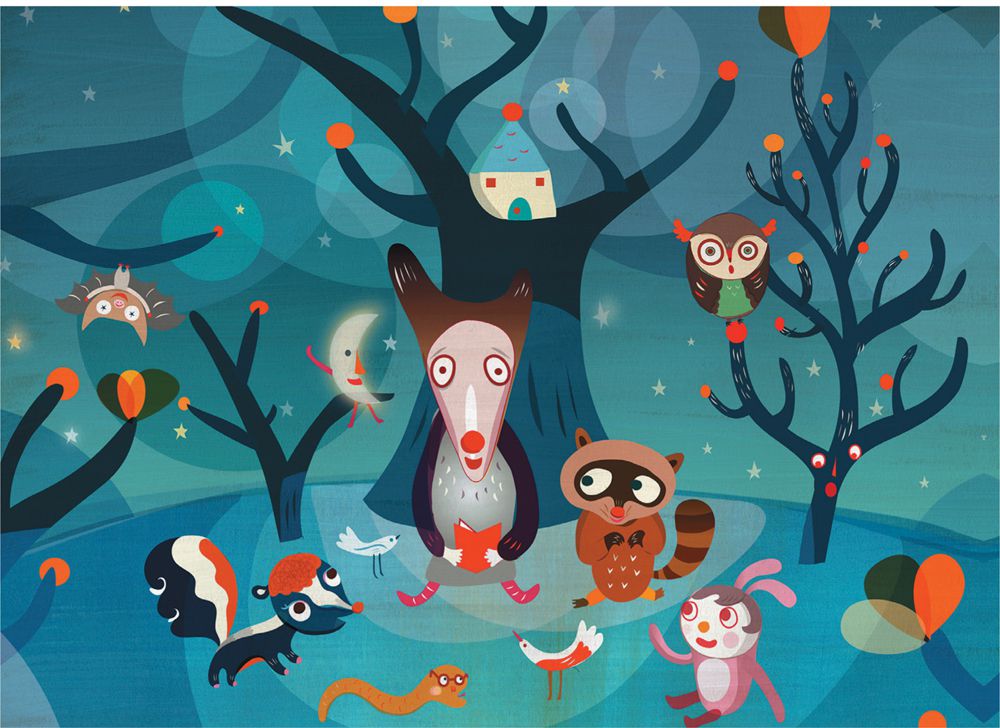

REAL-LIFE STRATEGIES FOR THE SUCCESSFUL ARTIST

There’s a huge emotional component to being a creative person because you are putting yourself out there in such a big way—much more than other professions. Naturally, you are going to come face to face with your psychological issues. See it as a wonderful opportunity to grow spiritually and psychologically. As you become more successful, you will have worked through a variety of these issues in a very deep way and become a stronger person.
To that end, in this chapter we’ll take a look at solutions to envy, competition, procrastination, and obsession. We’ll also peek into the inner lives of some of my artists as they reveal their secrets for coping.
Be brave, be strong, and face the demons. Ultimately, because of your hard work, you will find that the process of creating art and being successful flows more easily.
I don’t listen to negative people anymore; it drives me mad! They just drag you down and make you not want to bother creating. I do listen to enthusiastic people who are as excited as I am about discovering new things and discussing ideas.
Jillian Phillips
Creative people can easily vacillate between two extremes: obsessing and procrastinating. This is totally normal. You’ve been given a gift that needs to be cultivated and honed, which takes experience and self-awareness. Successful creative people are tuned into this and have developed techniques to stay on task without overdoing or underdoing it.
 Body feels tired, achy, sick.
Body feels tired, achy, sick.
 The joy is extinguished.
The joy is extinguished.
 You leave the project feeling resentful.
You leave the project feeling resentful.
 You’re pushing yourself because you have feelings of inadequacy.
You’re pushing yourself because you have feelings of inadequacy.
Are you working out of guilt, fear, competitiveness, or insecurity—or just don’t know how to stop? Time to give less.
 The amount of effort matches how much you value the project.
The amount of effort matches how much you value the project.
 You spend the right amount of time on it.
You spend the right amount of time on it.
 You are motivated.
You are motivated.
 You have a good action plan.
You have a good action plan.
 The work is not beyond your skill set.
The work is not beyond your skill set.
 You don’t give every last drop.
You don’t give every last drop.
 You give a good, big taste without giving everything.
You give a good, big taste without giving everything.
 You leave the project feeling satisfied.
You leave the project feeling satisfied.
 Yay!
Yay!
 You don’t spend enough time on the project.
You don’t spend enough time on the project.
 You are rushed.
You are rushed.
 You feel overwhelmed.
You feel overwhelmed.
 You don’t know where to start.
You don’t know where to start.
 Your skills don’t match the job.
Your skills don’t match the job.
 You find little joy in the work.
You find little joy in the work.
 You’re not sure why you’re doing it.
You’re not sure why you’re doing it.
 You are unmotivated.
You are unmotivated.
 Other interests conflict.
Other interests conflict.
 You are distracted.
You are distracted.
 You leave the project feeling guilty.
You leave the project feeling guilty.

Time to reassess; is it even worth doing? If so, rekindle your motivation and goals. Budget more time and make a plan. Check out the Rituals Worksheet on page 36 to help you get started.
My best advice for dealing with envy is this: Rather than focusing on others, just keep focusing on your relationship with your work. Do what you do best, and have fun with it. (Take it out for a nice dinner and a movie—LOL.) No one can ever compete with or surpass your own unique vision.

Art by Linda Ketelhut
Q: How do you deal with envy when you encounter another artist’s amazing piece of art or his or her great new product?
Bonnie Dain (Rome, Italy): I never feel threatened when I see another artist’s beautiful and interesting work. On the contrary, I usually get very inspired. It helps me push myself.
Linda Ketelhut (Austin, United States): My first reaction is, “That’s so cool . . . What an amazing job! . . . They’re soooo lucky, good for them.” Then, “I want that!”
Then the pangs will often make an appearance, or self-doubt will creep in. “Will I have an opportunity like that? Am I good enough?”
Then I pick myself back up and try to turn the negative feelings into inspiration. I use it to think about what cool clients I want to work for, or how I want to take my work in a new direction. Sometimes, seeing great work can springboard your next creative idea.
Macrina Busato (Madrid, Spain): When I see another artist’s amazing piece of art, I feel like, “Ooooh!” It’s like finding a flower that you have never seen before. Personally, I think envy is overrated. Whether you’re susceptible to it depends on how secure you are inside. I teach art, and my students who are more stable and more confident do not have too much of a problem with it.
Jessica Allen (Barrington, United States): I struggle with this. Instead of comparing myself with others, I try to step back and ask myself, “What am I responding to? Where is the greatness? Is it the concept? A color combination? What is working in this piece of artwork and why? What can I learn?”
Hsinping Pan (Taipei, Taiwan): I tell myself that I should compete with myself, not with other people.
Sarajo Frieden (Los Angeles, United States): Over time, I’ve come to understand that celebrating and being inspired by other people’s work or success gives you greater happiness and contentment. We don’t really own any of this. Both the ups and downs are ephemeral, fleeting; there is something to be gained either way.

Art by Carolyn Gavin
Don’t let jealousy waste your time, energy, or good karma. Fill in the chart below.

EXAMPLE:
| What I admire | Her gorgeous website |
| Specifically | Her photographs |
| What I could do | Take an online photo workshop |
| How important it is to me | Moderately |
| When I plan on doing this | Next year after I finish my big project |
| What I admire | His studio |
| Specifically | It’s so stylish |
| What I could do | Nothing |
| How important it is to me | Not very |
| When I plan on doing this | Never. I’m just glad for him. |
| What I admire | Her fabric line |
| Specifically | Having a whole collection of such cool stuff |
| What I could do | Develop 10 - 15 pieces based on paisley and butterflies in a midcentury style |
| How important it is to me | Top priority |
| When I plan on doing this | Work on it for 2 hours every Friday |
Now, you fill this out, starting with what you’d like to do based on the things you admire. Keep it real and don’t overdo. Life is not a competition. You know in your heart what feels right and joyful. If it’s based on “shoulds” and negative vibes, it’s not right. Dig deep and take your time.
| What I admire | |
| Specifically | |
| What I could do | |
| How important it is to me | |
| When I plan on doing this | |
| What I admire | |
| Specifically | |
| What I could do | |
| How important it is to me | |
| When I plan on doing this | |
| What I admire | |
| Specifically | |
| What I could do | |
| How important it is to me | |
| When I plan on doing this | |


Art by Hsinping Pan
As an art agent, working with so many artists over the years, I have found that every stage has its joys.
Enjoy every stage.
Enjoy being a beginner.
As a beginner, you may be the most anxious about your career. You wonder: “Will I make it? Will I get the creative life I want? Am I good enough? Do I have the energy for all of this?”
But know that it is also the most hopeful and exhilarating time. Every new job or commission you get is a thrill and an honor. Over time, you exchange that excitement for confidence and a comfort level that comes with experience. Be sure to enjoy the thrill of the new!
What do you love about starting something new?
What do you love about being successful at something?
Copying someone else’s work is basically saying to yourself that you aren’t a unique person (false!) and that you think it’s better to steal (yes, steal) from someone else’s style rather than do the work of finding your own voice and style. Is that really what you want? Plus, it’s illegal if you sell it.

Art by Helen Dardik. Her pleasure in creating is obvious.